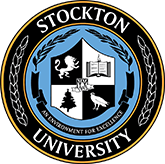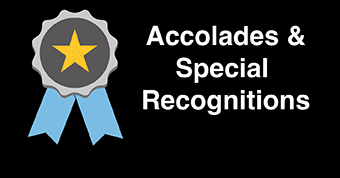Fall 2025 Issue
Project Terrapin
MATES Students Lead the Way in Protecting Barnegat Bay’s Diamondback Terrapins
Written by Adriane Sicknick, M.A. ‘19
Terrapin X-ing! Nesting Area – Keep Off!
It’s not unusual to spot one of these signs while traveling the coastline of southern New Jersey. That’s because Diamondback Terrapins are found in the brackish [mixture of river and seawater in estuaries] waters in our coastal marshes. In the early 1900s, the terrapin population in New Jersey was declining, but it rebounded with the implementation of protective policies. However, the population continues to be threatened by decline due to coastal erosion, poaching, automobiles, and ghost traps [derelict, abandoned, or lost fishing traps that continue to harm marine life by catching and killing animals and polluting our waters (NOAA.gov, n.d.)]. Several organizations are working hard for their survival, and one of them is within our community, and its director is Marine Academy of Technology & Environmental Science (MATES) faculty member, and Stockton marine science adjunct faculty John Wnek.
For more than twenty years, the Marine Academy of Technology and Environmental Science (MATES) in Manahawkin has been at the center of one of New Jersey’s wildlife conservation efforts, Project Terrapin. This hands-on program offers young scientists the opportunity to protect this vulnerable species and educate the public about the Diamondback Terrapin.
Project Terrapin began with population studies in Island Beach State Park, but over the years has expanded to multiple sites, including Cedar Run in Stafford Township, Holgate section of Beach Haven, Waretown, and a new site in Tuckerton. The team uses mark-and-recapture techniques to track population numbers and locate key habitats, gathering data to help guide conservation efforts.
Wnek explained, “Our baseline is to find key habitats and populations of terrapins
in these areas. We’re monitoring where the terrapins live, but we also work in areas
where the females nest.”
Challenges
Female terrapins nest on barrier islands and in the marshes on the mainland. With increased development and coastal erosion, they are forced to seek higher ground which leads them to cross busy roadways. Wnek described how Project Terrapin also works with the community to reduce road mortality, “When the adult females come up to nest and have to cross the roadways, we want to make people aware. Over the past six or seven years, we’ll get permission from different organizations to transform old, corrugated plastic lawn signs with vinyl and turn them into turtle crossing signs.”
Crabbing is another challenge for terrapin, as they are drawn to baited pots where they will often drown if they cannot escape. To try to combat this issue, Project Terrapin also designed, print, and distribute Bycatch Reduction Devices (BRDs). The BRDs in New Jersey are a rectangular (2” x 6”) plastic insert that are placed on crab pots to prevent terrapin and other sea creatures from entering, while still allowing crabs to be caught. Over the past 17 years, they have given out 32,000 BRDs free of charge.
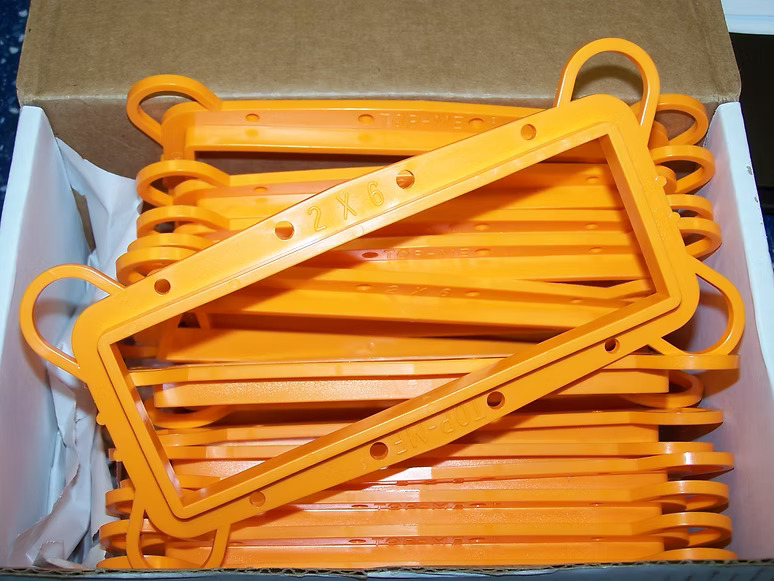
Photo credit: MATES
Although there is a debate on how you put the BRD on the crab pot, Wnek explained after some tank trials, the outside was more discouraging, “We found the outside of the pot is more discouraging for the terrapin because they cannot force their way in. Some people feel the funnel is the best place, but if they’re marginal in size, they use their back limbs as leverage to push themselves into the mesh of the pot – similar to climbing a cargo net.”
In addition to this work, Project Terrapin also works with Stockton University to recover “ghost pots.” These abandoned traps continue to catch marine life long after being lost. The derelict pots could weigh over a hundred pounds due to the sediment and other sea debris and creatures.
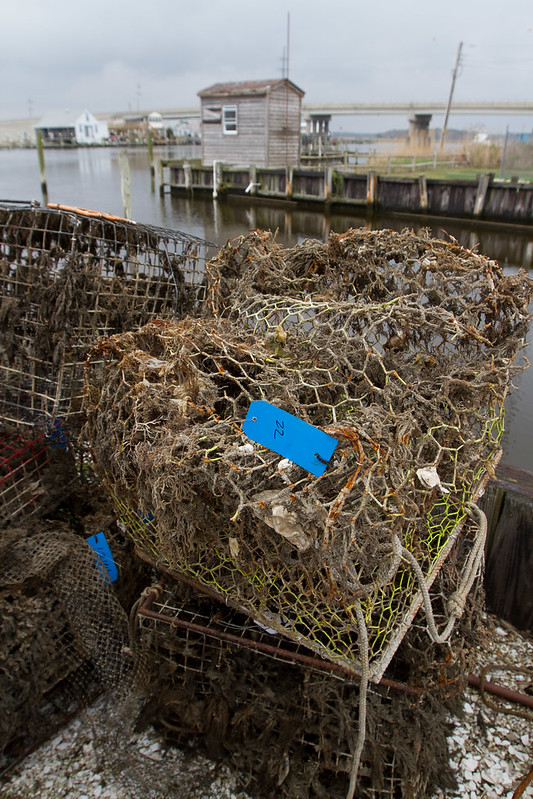
Photo credit: Stockton University.
“We call them ghost traps because they're constantly fishing, but yet you can't find them. But they're catching fin fish and other things, so part of our winter initiatives is to recover Derelict crab pots,” said Wnek.
With a small grant from the Marine Debris Foundation, the BRD team is expanding their efforts on bycatch reduction and marine debris through the creation of a website that includes state regulations for crabbing and BRD usage from Massachusetts down to Texas, making it a go-to resource for both scientists and the fishing community.
“We looking to conserve crabs and communicate crabbing practices, so we set up our website BRD-zone.net. Pun intended – I used the ‘.net’ because of fishing net,” he cheerfully said. In addition to the website, Project Terrapin is also working with experts down the east and gulf coasts to help develop a brochure that encompasses all the regions about BRDs and crabbing best practices.
One of the program’s biggest endeavors Project Terrapin takes on is the Terrapin Head Start program. Late-emerging hatchlings on southern Long Beach Island (LBI) face an uphill battle surviving their first winter. Through the Head Start Program, Project Terrapin partners with about a dozen schools to raise these young turtles in safe conditions until spring, when they can be released back into the marsh. Students learn how to care for the terrapin firsthand, while giving them a stronger chance of survival.
The eggs are put into their outdoor hatcheries, in either an above ground raised hatchery, or an inground, until they hatch. These hatchlings will become head start candidates. Project Terrapin collaborates with local schools to help raise the hatchlings to get them strong for a release in late May.
“After Labor Day, there will be late emerging hatchlings that we know will have a
harder time surviving or making it into the system… we’re also rescuing eggs from
troubled areas,” Wnek explained. "We’ll designate 13 schools to help raise them, and
they’ll bring them back towards the end of May and we’ll have a major release day.”
Looking Ahead
Project Terrapin’s long-term vision is clear, “Our biggest initiative is not just terrapins for now, but terrapins 50-100 years from now. Where are they going to go and next? And we are working on developing these turtle gardens places where females could come to next without needing to cross the roadways. But more significantly, the hatchlings have a place to go immediately after hatching into vegetation and then into the marsh," said Wnek.
As henotes, the mission is as much about education as it is about conservation.
“We’re building awareness and empowering students,” he says. “That’s how we create lasting change—not just for the terrapins, but for the health of our bays and marshes.”
How to Help
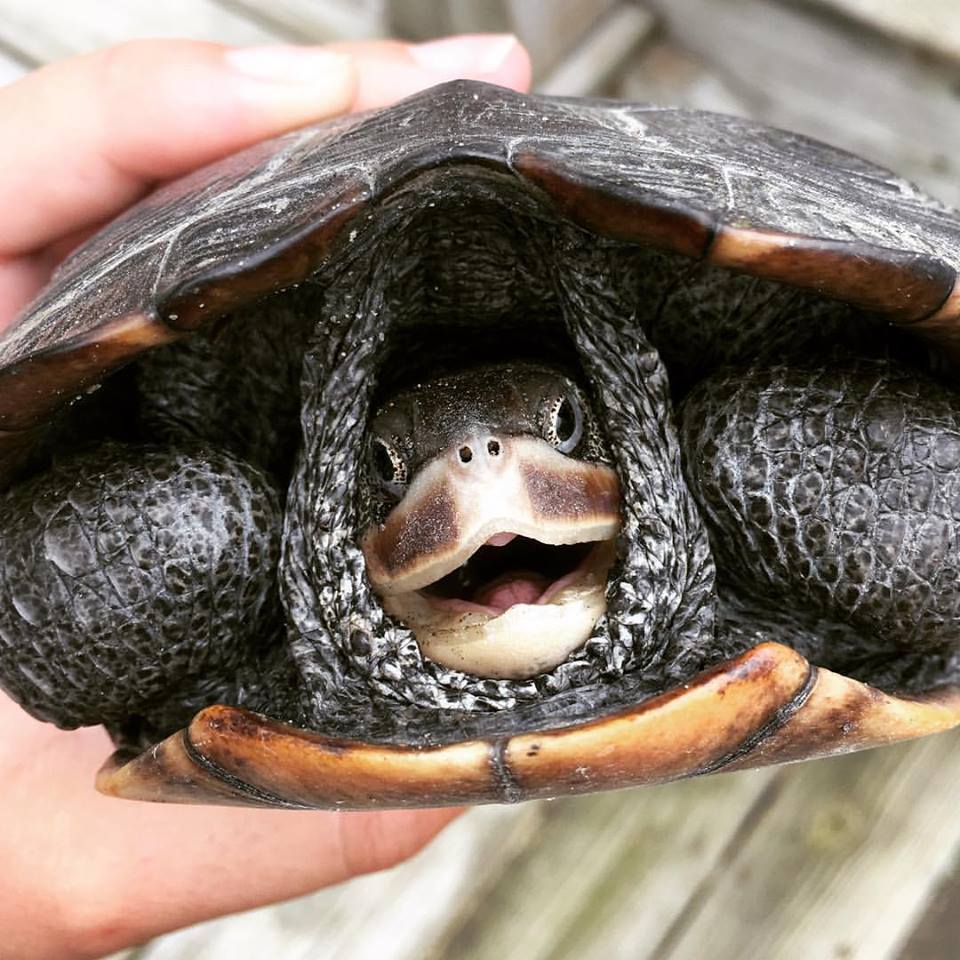
Project Terrapin welcomes volunteers, community partners, and donations to help expand their conservation impact. Residents can request free BRDs, report injured turtles or learn more about local turtle conservation by visiting projectterrapin.org or emailing projectterrapin@gmail.com.
Find a hatchling? Best to leave them where they are if they are not injured. Moving them even down the road could be detrimental, as their geomagnetic sensing will be thrown off and they will have a hard time finding their way back to the water.
Every action matters. You’re part of the solution!
- Slow down for a turtle crossing.
- Use a BRD on your crab pots. Pick one up for FREE at your local retailer or through MATES.
- Grizz's in Forked River
- MATES – located in orange bins outside
- Long Beach Township Foundation or the Long Beach Township Field Station
- Jenkinson's Aquarium in Point Pleasant
- Creekside Outfitters in Waretown
- Support the research by purchasing Project Terrapin Wear or make a donation!
- Create a turtle garden.
Reference:
Assessing and removing derelict crab pots from a recreational fishery in Delaware | marine debris program. (n.d.). https://marinedebris.noaa.gov/removal/assessing-and-removing-derelict-crab-pots-recreational-fishery-delaware
Get Involved
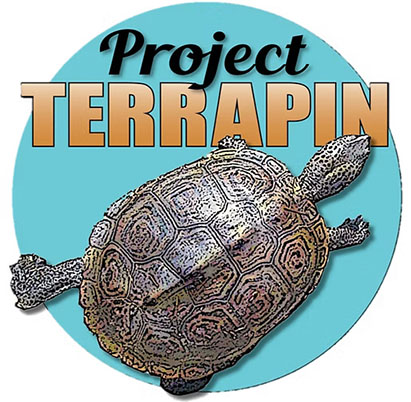
“Terrapin Tuesday” at the Long Beach Township Marine Field Station invites visitors to meet young turtles and learn about the species’ life cycle (Summer Months)
Visit the Event Schedule for outreach information and sign ups.

Repurpose Old Lawn Signs
Donate old lawn sign campaigns for repurposing and turning into turtle crossings signs
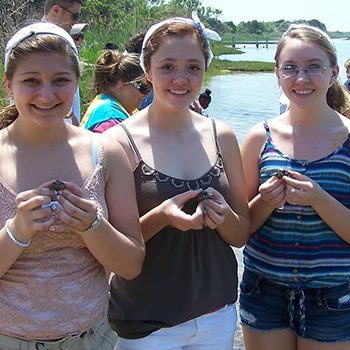
Partner with Project Terrapin
Partnerships with local schools spread awareness and foster environmental stewardship across all grade levels.

